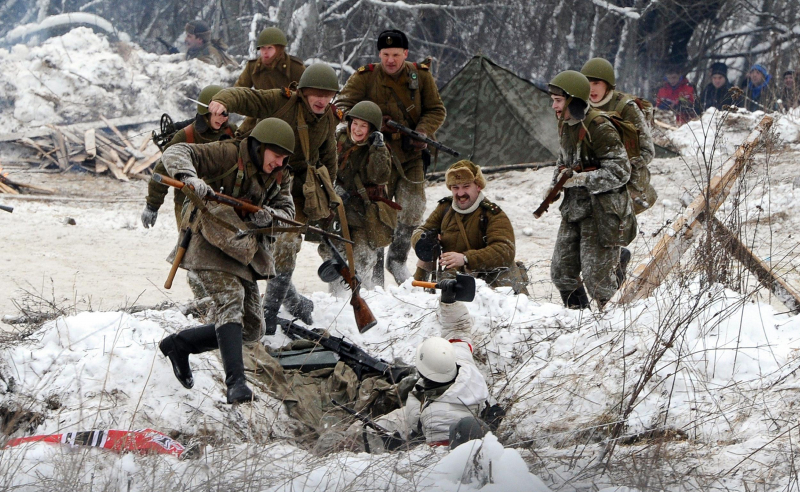Leningrad
The siege of Leningrad (now St. Petersburg) by German and Finnish troops in September 1941 was the war's longest, lasting 872 days. The city possessed strategic and ideological importance for both Germany and Russia as the previous capital of Russia, the location of the Bolshevik revolution, and the home base for the feared Baltic Sea fleet. While it was removed by the ending stages of the war, those 872 days were maybe the worst 872 days ever endured by any civilian population in history.
Accurate figures are difficult to come by, but even the most modest estimates place the death toll at around 800,000 Russians during the siege. The principal causes were extreme hunger and a shortage of resources; it was not unusual for individuals to boil home objects like upholstery, wood, paint off the walls, or anything else they could find to cook a meal. Cannibalism was also alarmingly frequent; in only the first half of 1942, over 2,000 persons were jailed for eating or attempting to eat human flesh.
- Location: Saint Petersburg, Russia
- Stages: September 8, 1941 - January 27, 1944
- Deaths: 800,000 people












